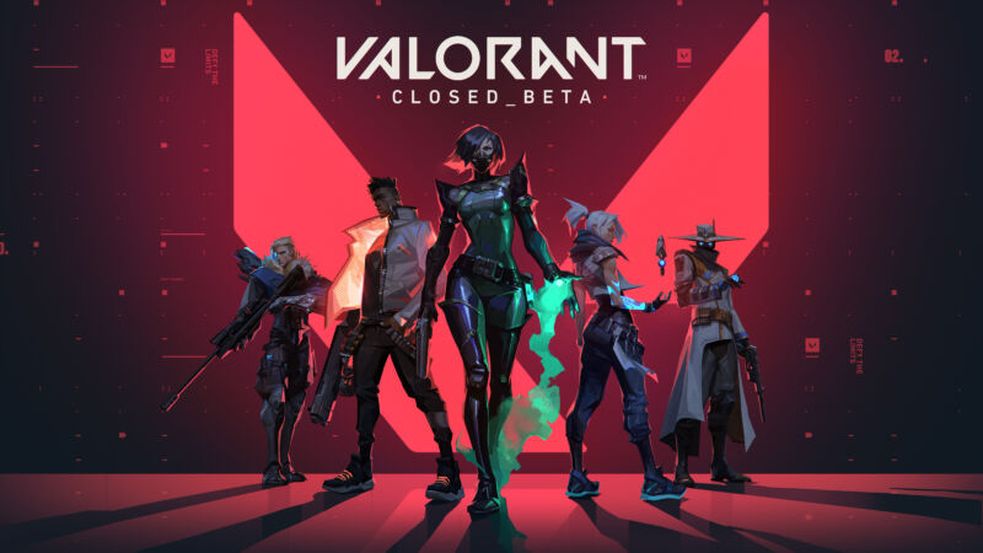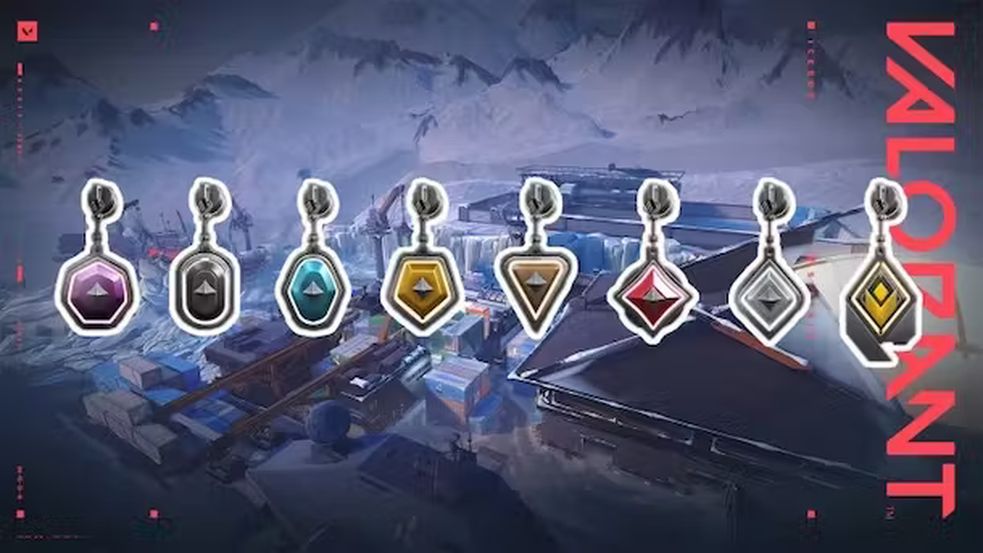If you’re a fan of FPS games and grew up on Counter Strike too, you’re likely to enjoy a game like Valorant. One of the praise-worthy aspects of Valorant is its ranking system. We’re gonna take a look at how the ranks in Valorant work but first, let’s learn about the game.
Valorant
Valorant is a team-based game where players work together to complete objectives, such as planting or defusing a bomb, or eliminating the enemy team. Each match consists of a series of rounds, with teams switching between attacking and defending sides. The first team to win 13 rounds wins the match.
Players choose from a diverse cast of agents, each with their own unique abilities and roles. The agents are divided into four classes: Duelist, Controller, Sentinel, and Initiator. Duelists are designed for aggressive gameplay, Controllers specialize in area denial and crowd control, Sentinels are focused on defense and support, and Initiators are designed to initiate team fights and disrupt the enemy team.
In addition to their agent’s abilities, players can purchase a range of weapons and equipment using in-game currency. The game features a variety of weapons, from pistols and shotguns to rifles and snipers, each with its own unique strengths and weaknesses.
Valorant’s anti-cheat system, known as Vanguard, is designed to prevent cheating and maintain a fair gaming experience. Vanguard runs in the background while the game is active, monitoring the system for any sign of cheating. The system uses a combination of kernel-level drivers and user-mode processes to detect and prevent cheating.
Valorant has a thriving esports scene, with regular tournaments and leagues organized by Riot Games and third-party organizations. The game’s competitive nature and emphasis on teamwork make it a popular choice for professional players and teams.
In conclusion, Valorant is a team-based first-person shooter game that offers a thrilling and competitive gaming experience. With its diverse cast of agents, range of weapons and equipment, and emphasis on teamwork and communication, Valorant is a great choice for players who enjoy tactical and strategic gameplay. Its anti-cheat system and thriving esports scene also make it a popular choice for professional players and teams.
Valorant’s Ranking System
The Valorant ranking system is structured into nine divisions, with each division containing three tiers except for the last rank, Radiant, which has only one tier. The divisions, in order from lowest to highest, are Iron, Bronze, Silver, Gold, Platinum, Diamond, Ascendant, Immortal, and Radiant.
When a player is placed in a rank, they receive 50 Rank Rating (RR) and need to earn 100 RR to move up to the next tier within their current division. For instance, going from Gold 1 to Gold 2 requires 100 RR. Players can rank up faster by having a good matchmaking rating (MMR), performing well in matches, and consistently playing at a high level.
Once a player reaches Immortal 2 and above, they need a specific amount of RR to be promoted. The exact amount of RR required varies depending on the regional settings. For example, North America requires 90 RR to be promoted to Immortal 2, 200 RR for Immortal 3, and 450 RR to reach Radiant.
At the start of each new episode, players must play five placement matches to determine their new placement. The highest placement a player can start at is Ascendant 1.
How Do You Derank In Valorant
One key feature of Valorant’s ranking system is that there is no ranking decay, meaning a player’s rank will not decrease over time due to inactivity. However, if a player takes a break from the game for an extended period, their skill level may be impacted, and they may need to play a placement match to determine their new rank.
Matchmaking Rating (MMR) is an internal system used by Valorant developers to determine player skill levels. It is not visible to players, but it is used to match players with others of similar skill levels to ensure fair and balanced matches.
Rank Rating (RR) is the number of points a player earns after a competitive match and is used to help players climb up the ranking ladder. The number of points earned is based on a player’s performance and whether they win or lose the match.
Regional Leaderboard
Regional Leaderboards were introduced in Episode 2 and display a player’s rank, rating, and player card. To remain on the leaderboard, a player must play at least one game per week. The leaderboard can help players track their progress and see where they stand in their region.
Players can also check their match history in the Career tab to see their individual performance in previous matches, including kills, spike plants, wins, and losses. This can help players identify areas where they need to improve before jumping into another ranked game.
Overall, Valorant’s ranking system is designed to encourage players to focus on their mechanical skills, teamwork, and strategy rather than aimlessly grinding matches. A player’s performance in each match matters, so it’s important to be refreshed and ready to play before hopping into a game.
Also Read: Valorant Trackers: Are They Safe and Reliable? Alternatives to Improve Your Gameplay
How Hard is it to Rank Up in Valorant?
Ranking up in Valorant can be challenging, especially in the higher ranks. The ranking system is designed to match players with others of similar skill levels, so as a player improves, the competition becomes tougher.
To rank up in Valorant, a player needs to consistently perform well in matches and win games. The number of points earned after each match is based on a player’s performance and whether they win or lose the match. Players need to accumulate enough points to move up to the next tier or division.
The higher the rank, the more difficult it becomes to rank up. This is because players at higher ranks tend to have a higher skill level, making it more challenging to win matches and earn points. Additionally, as players progress to higher ranks, they may encounter more experienced and coordinated teams, which can make it even more challenging to win games.
In conclusion, while it’s not impossible to rank up in Valorant, it can be a challenging process that requires a combination of skill, strategy, and dedication. Players who are willing to put in the effort to improve their gameplay and work on their teamwork and communication skills are more likely to see success in climbing the ranks.
Valorant is a team-based first-person shooter game where players work together to complete objectives and win rounds. Players choose from a diverse cast of agents, each with their own unique abilities and roles, and can purchase weapons and equipment to use in-game.
The ranking system in Valorant is structured into nine divisions, with each division containing three tiers except for the last rank, Radiant, which has only one tier. Players earn Rank Rating (RR) after each match and need to accumulate enough points to move up to the next tier or division.
There is no ranking decay in Valorant, meaning a player’s rank will not decrease over time due to inactivity. However, if a player takes a break from the game for an extended period, their skill level may be impacted, and they may need to play a placement match to determine their new rank.
The Regional Leaderboard in Valorant displays a player’s rank, rating, and player card and can help players track their progress and see where they stand in their region. To remain on the leaderboard, a player must play at least one game per week.
Yes, ranking up in Valorant can be challenging, especially in the higher ranks. The ranking system is designed to match players with others of similar skill levels, so as a player improves, the competition becomes tougher. Players need to consistently perform well in matches and win games to accumulate enough points to move up in rank.
































